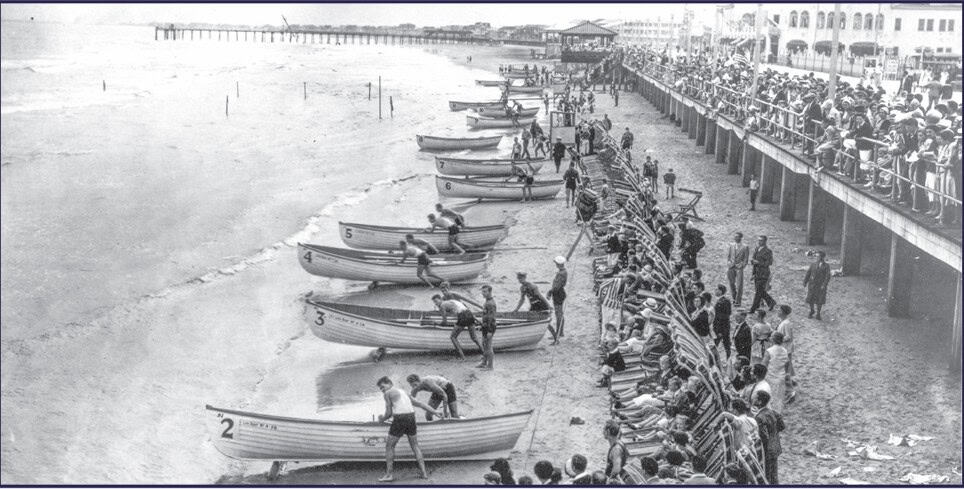Long Overdue
New Jersey filmmaker Alice Guy-Blaché is featured in a documentary—at long last.
It was a year ago that this column featured a series on the French-born Fort Lee, New Jersey filmmaker Alice Guy-Blaché, one of the most accomplished and innovative silent movie directors of that era. At the time, I wrote that the lack of recognition of her achievements was the result of “historical circumstances.” Since then, Turner Classic Movies has aired Pamela Green’s 2019 documentary Be Natural: The Untold Story of Alice Guy-Blaché, which reveals the specifics behind those circumstances.
What is remarkable about Green’s documentary has less to do with Guy-Blaché’s accomplishments as the first woman film director, one of the first filmmakers to experiment with color, split-screen effects and synchronized sound and the first female studio head as president of the independent movie production company Solax in Fort Lee. Those milestones, along with the increased availability of some of her films in streaming and home video formats, have been slowly revealed over the past decade. What is most striking about Green’s movie concerns how and why this independent-minded artist’s place in cinema was allowed to erode with time.
French film historians of early cinema certainly contributed their share. The Cabbage Fairy, Guy-Blaché’s 1896 film that helped introduce narrative into cinema, was credited to another director by one film historian. The same is true of her 1906 movie, The Birth, The Life and the Death of Christ. Such misattributions were accepted as fact throughout the 20th century.
Conversely, Georges Sadoul, a leading French film historian, credited Guy-Blaché, who worked for Gaumont Studios, as director of the 1899 French movie The Misadventures of a Calf’s Head, which was made by Ferdinand Zecca for the Pathe Company.
Such misinformation, Green’s documentary informs us, was sometimes the result of hearsay simply accepted as fact. But bad bookkeeping, lost film negatives and incompetence on the part of the Gaumont company also made it difficult to determine the details of the films it produced at the end of the 19th and the start of the 20th century. According to the documentary, the first published historical account of Gaumont Studios did not even recognize Guy-Blaché for her work there.
In filmed interviews conducted with Guy-Blaché in the late 1950s and early 1960s, it’s obvious she was aware of how she was being erased from the world of cinema. She attempted to correct her omission from the annals of film by writing about her early work at Gaumont Studios and submitting it for the second edition of the company’s published history. When that account appeared, her contribution was not included. She also completed a memoir but, as the documentary clarifies, no publisher was interested in what she had to tell the world. The manuscript was rejected until after her death.
Returning to the U.S., Guy-Blaché attempted to locate prints of her American films, but her quest was not as rewarding as she had hoped. She spent her final years in New Jersey, not far from where some of her most important work was done. And it has taken 50 years since her death to understand why she was an unknown at the time of her passing.
In 2018, prior to her film’s release, Green discussed her filmmaking approach and addressed one other factor that probably kept her documentary subject in the shadows for the past century. She told Paris Review, “With academics, the subject is a pizza, and they take on a slice, they don’t take on the whole. I was really interested in the whole. That was the only way she was going to be really known and not just a piece of academic information. I wanted her to have a face, I wanted her to be humanized, and I wanted her to be known to the masses.”









